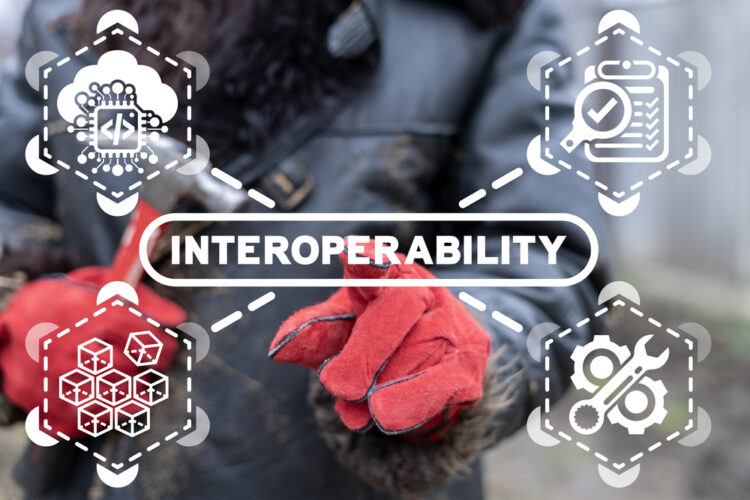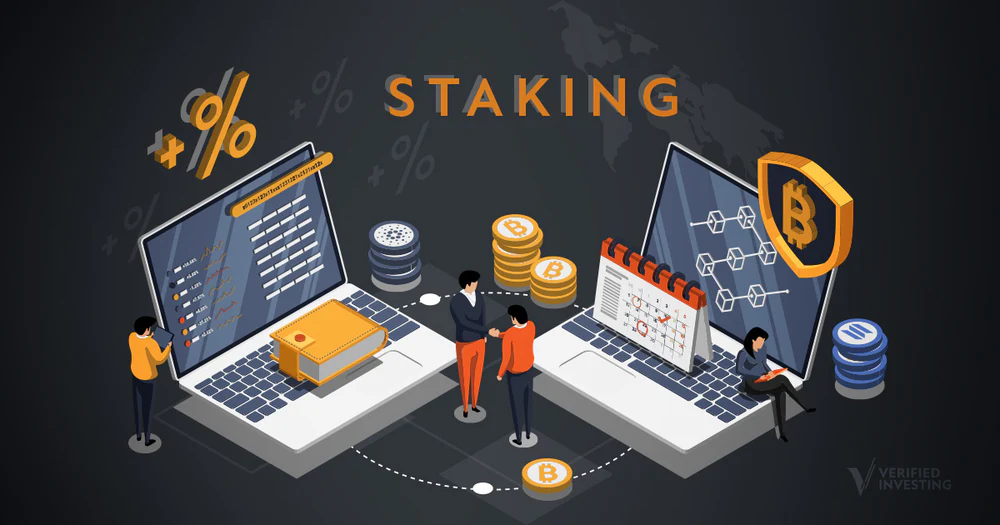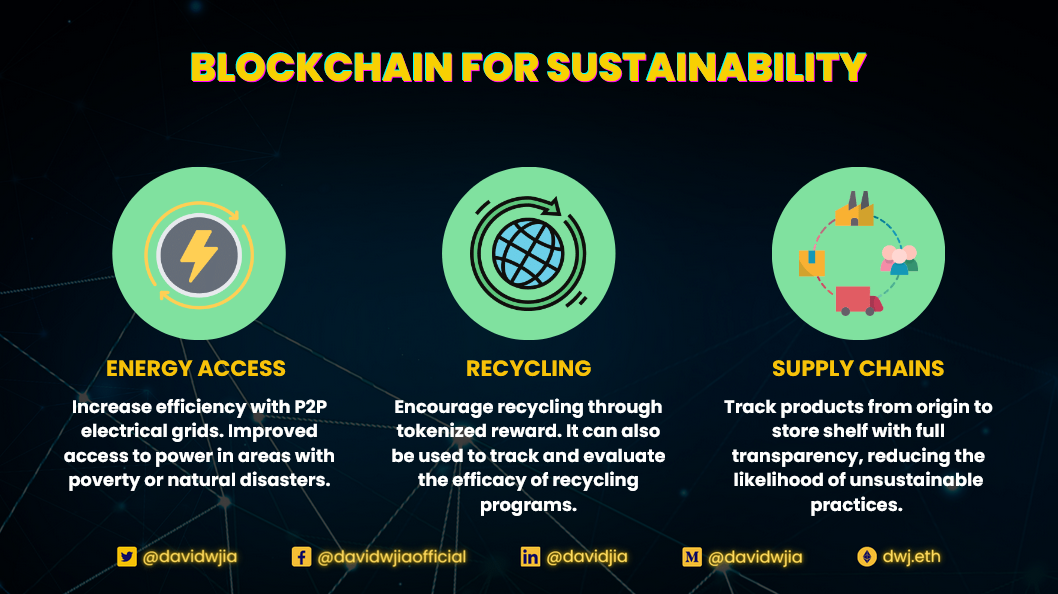
In the rapidly expanding world of blockchain technology, one challenge continues to limit its full potential — interoperability. As hundreds of blockchains emerge, each designed for different use cases and consensus models, a lack of seamless communication between them has created digital “islands.” To realize the true promise of decentralization, these isolated networks must learn to speak the same language. Enter blockchain interoperability — the key to unlocking a connected, scalable, and efficient multi-chain future.
The Problem: A Fragmented Blockchain Landscape
Every blockchain — whether it’s Bitcoin, Ethereum, Solana, or Avalanche — operates independently, maintaining its own rules, tokens, and data structures. While this diversity drives innovation, it also leads to siloed ecosystems where assets and information can’t easily move across networks.
For instance, a token built on Ethereum can’t directly interact with applications on Binance Smart Chain without a bridge or intermediary layer. This not only limits usability but also creates inefficiencies, higher costs, and potential security vulnerabilities.
In essence, blockchains have become walled gardens, restricting collaboration and innovation. Without interoperability, the dream of a truly decentralized web — Web3 — remains incomplete.
What Is Blockchain Interoperability?
Blockchain interoperability refers to the ability of different blockchain networks to exchange and utilize information, assets, and smart contracts seamlessly. It’s about creating an environment where one blockchain’s data or tokens can be understood, verified, and acted upon by another.
Think of it as building the internet of blockchains — much like how the modern internet connects billions of devices using common protocols like TCP/IP. Interoperability gives blockchains the same universal connectivity, enabling a more cohesive and scalable ecosystem.
Why It Matters: The Power of Connection
Interoperability isn’t just a technical convenience; it’s the foundation for blockchain’s next stage of growth. Here’s why it matters:
- Enhanced Liquidity and Asset Movement
Interoperable networks allow assets to move freely across chains, improving liquidity and enabling users to trade, lend, or stake tokens wherever it’s most efficient. - Cross-Chain dApps
Developers can build decentralized applications (dApps) that operate across multiple blockchains, combining the best features of each — for example, Ethereum’s smart contracts with Solana’s transaction speed. - Reduced Network Congestion
By allowing workloads to shift across networks, interoperability can help alleviate congestion and high fees, a common issue on major chains like Ethereum. - Unified Web3 Experience
Users will no longer need to navigate dozens of wallets or protocols. Instead, they can interact with a connected ecosystem, where their identity, assets, and data move seamlessly between platforms.
Technologies Driving Interoperability
Several projects and technologies are leading the charge to bridge blockchain ecosystems:
1. Cross-Chain Bridges
Bridges are the most common interoperability solution. They allow users to transfer assets between chains by locking tokens on one network and minting equivalent versions on another.
- Example: Wrapped Bitcoin (WBTC) brings Bitcoin liquidity to Ethereum, enabling BTC holders to participate in DeFi.
However, many bridges face security risks, as seen in several high-profile hacks, emphasizing the need for more robust architectures.
2. Interoperability Protocols
Platforms like Polkadot and Cosmos were built from the ground up with interoperability in mind.
- Polkadot’s parachains connect multiple blockchains under one shared security model.
- Cosmos’s IBC (Inter-Blockchain Communication) protocol enables token and data transfer between independent chains, forming a true “network of networks.”
3. Layer-0 Solutions
Projects such as Avalanche and Quant act as Layer-0 frameworks, providing the infrastructure upon which other blockchains can operate and interact. They function as interoperability backbones for decentralized ecosystems.
4. Atomic Swaps
A more direct approach, atomic swaps allow users to exchange cryptocurrencies across chains without intermediaries, ensuring trustless and secure transactions.
Challenges Ahead
While progress is promising, achieving full interoperability remains complex. Key challenges include:
- Security Risks: Cross-chain bridges and communication protocols are frequent targets of exploits.
- Standardization: Without universal standards, different blockchains may remain incompatible.
- Scalability Concerns: More cross-chain activity could increase transaction loads, requiring more efficient consensus mechanisms.
- Regulatory Uncertainty: As assets move fluidly between networks, regulators face difficulty in tracking compliance and jurisdiction.
These hurdles underscore the need for collaboration, innovation, and governance to establish safe and scalable interoperability frameworks.
The Future: Toward a Unified Blockchain Ecosystem
The direction is clear — multi-chain is the future. As interoperability evolves, blockchains will function less as isolated systems and more like interconnected modules of a global digital economy.
Imagine a world where NFTs minted on one chain can be used in games or marketplaces on another, or where DeFi protocols operate across chains to find the best yields automatically. Interoperability will make this not only possible but commonplace.
In this connected landscape, users won’t even need to know which blockchain they’re interacting with — just as few people today think about what server their website runs on. The technology will fade into the background, and the experience will take center stage.
Final Thoughts
Blockchain interoperability is not just a buzzword — it’s a technological necessity for realizing the decentralized, borderless vision of Web3. As new standards emerge and developers continue bridging gaps, the industry edges closer to a future where value, data, and innovation move without friction.
The race to connect isolated networks isn’t just about speed or efficiency; it’s about fulfilling the promise of a truly open digital world — one blockchain at a time.







